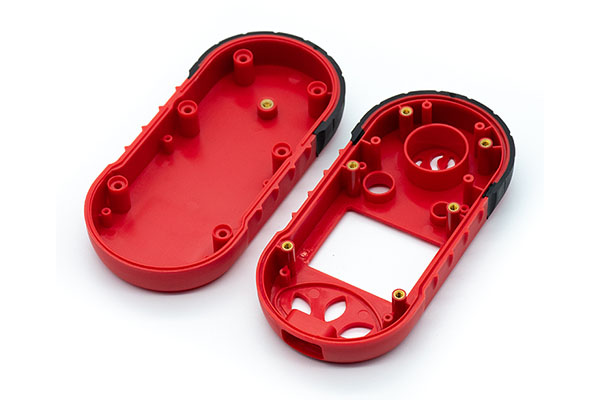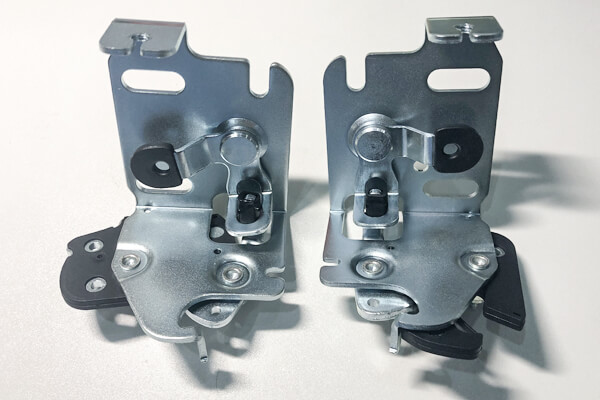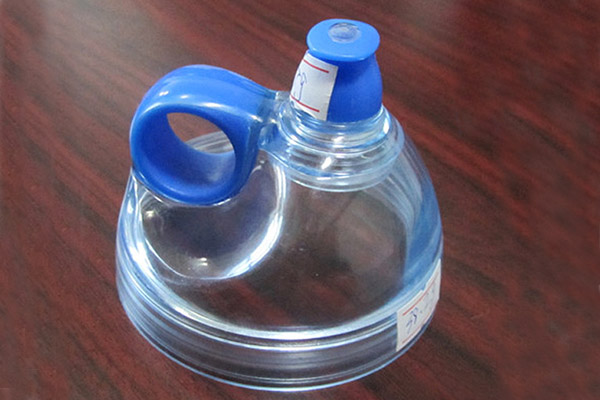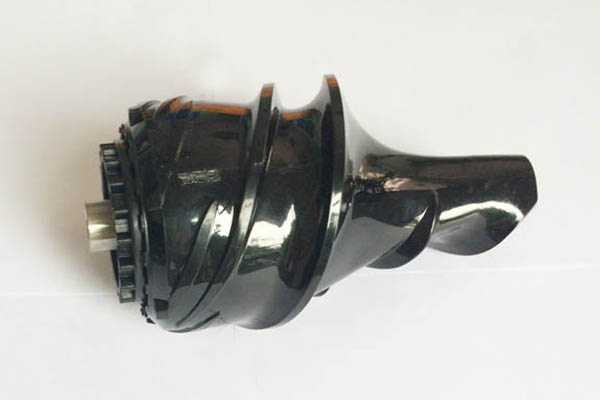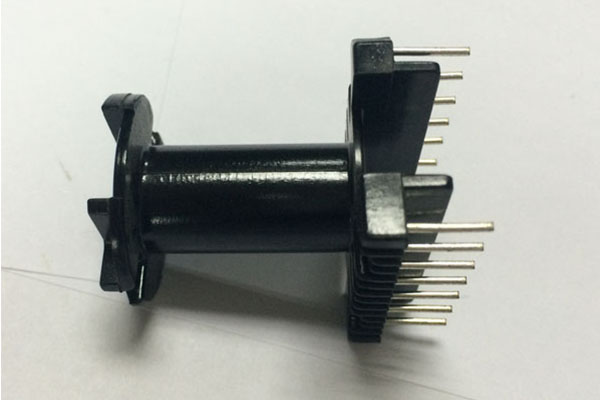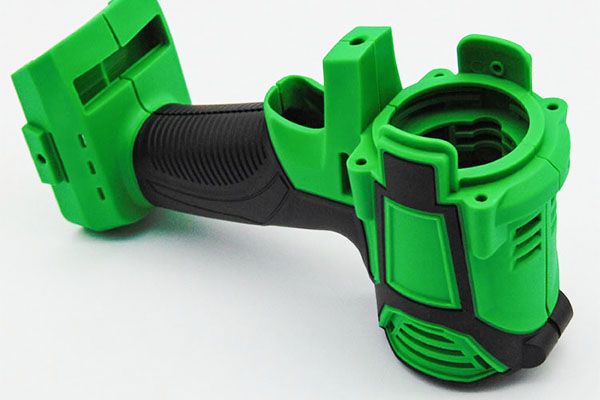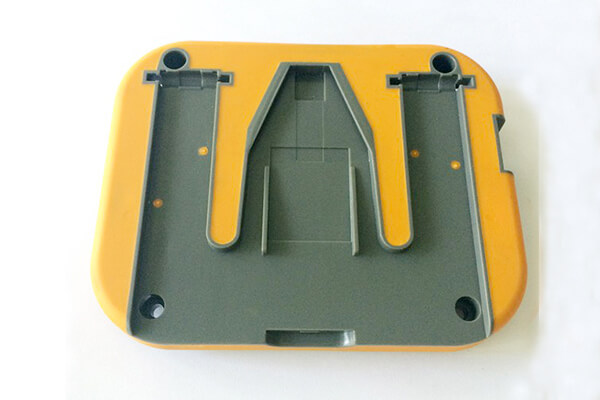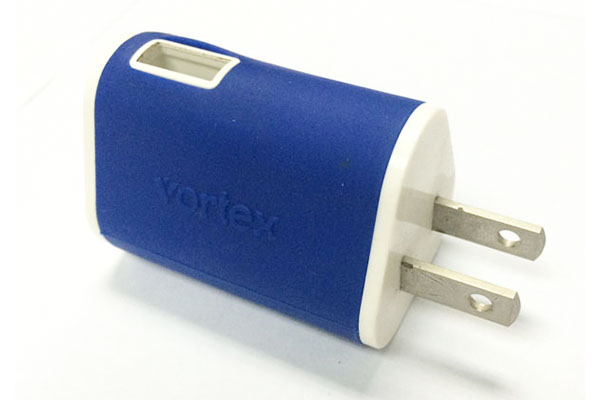2023 Overmolding Injection Molding Comprehensive Guide
What Is Overmolding Injection Molding
Overmolding injection molding is a manufacturing process that involves molding a single plastic part with two or more different materials or colors. The process starts with an initial injection molding cycle that creates the base part, which is then placed into a second mold cavity. The second injection molding process then applies another material, usually a soft and flexible material, onto the surface of the base part to create a finished product.
This process is commonly used in the production of products that require a soft touch or ergonomic grip, such as toothbrushes, razors, and handles for power tools. It also provides added durability, protection, and aesthetic appeal to the finished product.
Three Types of Overmolding Injection Molding
Different injection molding types require different mold designs and mold manufacturing to suit different production requirements. Among them, single overmolding and multiple overmolding require the use of multiple injection molding machines to complete production, while insert molding can be completed on the same injection molding machine.
Single Overmolding
This type of molding refers to the production of two or more different parts in one shot on one injection molding machine. In this case, one part is usually wrapped by another part. For example, a car’s dashboard might consist of two parts, the first a plastic bracket and the second a soft surface material covering it.
Multiple Overmolding
This type of molding refers to the process of producing on multiple injection molding machines, each of which is used to produce a different part that is then assembled together to form a finished product. For example, a car door might consist of multiple components, such as inner brackets, outer steel panels, and trim, that can be manufactured on separate injection molding machines and then assembled together.
Insert Molding
This type of molding refers to the production of parts containing one or more Inserts in one shot on an injection molding machine. In this case, the insert is usually pre-machined and held in place during the injection molding process. For example, a plastic zipper pull can be manufactured by placing a zipper insert in a specific location in the injection mold during the injection molding process. Or plastic insert molding manufacturing on already injection molded plastic parts.
Here is an example of insert molding manufacturing “Sheet Metal Stamping & Plastic Overmolding for RV Lock Manufacturing“. Hope it can provide you with more reference value.
Substrate Material in Overmolding Injection Molding
In overmolding injection molding, substrate material refers to the initial part or element used to support and fix the overmolded (covered) part during the injection molding process. Overmolded substrate materials can be composed of a variety of materials, including plastic, rubber, and metal. During the manufacturing process, these materials are injection molded, extruded, stamped, etc. into the desired shape and size. This is usually a plastic or metal part of a specific shape and size that will be embedded into a second material, usually a soft material, to achieve the desired function and appearance.
For example, a molded plastic part can be used as a base and then clad or covered with another plastic to add functionality or aesthetics to the part. This process is commonly used to produce auto parts, electronics and household items, among others. Plastic fittings also tend to be lighter and less expensive than metal fittings, making them a more cost-effective option.
The manufacturing process for a formed part typically involves making a metal mold, heating the desired plastic material to a molten state, and injecting it into the mold to create the desired shape and size. Once the injection molding process is finished, the molded part must undergo a cooling and hardening process before it can be extracted from the mold. Next, this formed part can be placed in another mold and injected with another material to form a complete finished part. This process, called double injection molding, allows different materials to be used in different areas and can produce one part that combines the benefits of both materials with the aesthetics.
However, metal fittings may be required as a substrate material in applications requiring additional strength or durability. Metal components can provide greater structural support, as well as improved resistance to heat, chemicals, and other harsh conditions.
Substrate material is an important component in overmolding. The choice of base components will depend on the specific needs of the application and the desired characteristics of the finished product. For example, it has good mechanical strength, heat resistance, corrosion resistance and electrical properties, etc., so that it can maintain its shape and performance when embedded in a second material. In addition, the surface of the substrate material often needs to be pre-treated so that the second material can adhere firmly and form a complete overlay.
Advantages of Overmolding Injection Molding
Overmolding injection molding is an injection molding process, which has an important position and importance in the injection molding industry. Here are a few reasons:
- 1. Enhanced product performance: Overmolding injection molding can combine two different materials to enhance the performance of the product. For example, hard plastic and soft rubber materials can be combined to achieve product durability and softness.
- 2. Cost savings: Overmolding injection molding can reduce manufacturing costs by combining multiple process steps into one. This molding method can achieve this by reducing the number of parts and reducing labor and time costs in the assembly process.
- 3. Increased productivity: Overmolding injection molding can increase productivity by reducing operations during assembly and speeding up production. It can reduce the operation steps of workers, shorten the production cycle and increase the output.
- 4. Optimal design: Overmolding injection molding can take into account the characteristics of different materials in the design stage of the product to optimize the design of the product. This can help manufacturers improve product reliability, reduce repair costs, and increase user satisfaction.
Materials in Overmolding Injection Molding
Overmolding Injection molding can use a variety of materials, the choice depends on the desired application and requirements. Here are some commonly used materials.
Thermoplastic
This is a common injection molding material, including polypropylene (PP), polyethylene (PE), polystyrene (PS), polycarbonate (PC), thermoplastic polyurethane (TPU), etc. These materials have good formability, are easy to melt and injection molded, and can be applied to injection molds of various shapes and sizes.
Thermosetting plastics
These materials include epoxy resins, phenolic resins, unsaturated polyester resins, etc. These materials need to be heated and cured before injection molding, and once formed, they cannot be heated and melted again. Components requiring high strength, heat resistance, and corrosion resistance are commonly fabricated using thermoset plastics.
Silicone Rubber Elastomers
These materials include Styrene Butadiene Rubber (NBR), Fluorocarbon Rubber (FKM), Nitrile Butadiene Rubber (NBR), Neoprene (CR), Silicone Rubber (VMQ), Styrene Butadiene Rubber (SBR), Butyl rubber (BR), ethylene propylene rubber (EPDM), etc. These materials have excellent elasticity and wear resistance, and are usually used in the manufacture of rubber seals, rubber pipes and rubber parts, etc. Elastomers require special injection molding machines and molds during injection molding to ensure the size and quality of the finished product.
TPE (Thermoplastic Elastomer) overmolding is a manufacturing process in which TPE material is molded onto a substrate. The molding process requires a substrate material that can withstand high temperatures, such as metal or plastic. During the process, TPE material is melted and injected into the mold cavity where it forms a durable bond with the substrate material. This results in a sturdy and enduring connection between the two materials. Typically used to produce soft-touch handles, grips and other components requiring a non-slip, comfortable surface. TPE materials are known for their flexibility, durability and chemical resistance, making them ideal for overmolding applications. Additionally, TPE overmolding can be used to add color or texture to parts, or to provide additional functionality, such as sealing or insulation.
When selecting materials, product requirements such as product durability, appearance, cost, and performance need to be considered. At the same time, the performance and molding conditions of the injection molding machine also need to be considered to ensure that the material can be melted and injection molded correctly.
Overmolding Injection Molding Process
Overmolding is a common industrial processing technique used to create parts and products with an outer protective layer. Overmolding is a secondary processing based on injection molding. Its main steps and contents are as follows:
- 1. Prepare the mold: first you need to prepare the mold for molding, which usually involves designing and manufacturing a mold with the desired shape and size so that two or more materials can be injected at the same time so that they stick under certain conditions combine together. Therefore, the mold must have two or more injection nozzles and corresponding runners and cooling systems.
- 2. Prepare materials: Overmolding requires the use of two different materials, usually one plastic as the main body material and one outer layer material, such as TPU, TPR, PVC, etc. These materials need to be prepared in advance and mixed together in the required proportions.
- 3. Heating: Both the body material and the outer layer material need to be heated during the molding process. The body material is usually heated to its melting point so that it can flow and fill in the mold, while the outer layer material is heated to a plastic state so that it can adhere to the surface of the body material.
- 4. Molding: The mold cavity is filled with the injected body material, completing the overmolding process. Once the body material fills the mold, the outer layer material is sprayed on the surface of the body material, adhering to the body material. The outer layer material solidifies as the body material cools and forms the finished product with an outer protective layer. In overmolding, parameters such as injection speed, temperature and pressure of different materials need to be controlled to ensure that they bond together to form a complete product while they are in contact with each other. Therefore, injection molding machines need to have multiple control systems to ensure that each material can be properly injected.
- 5. Demolding: The finished product needs to be removed from the mold. This usually involves opening the mold during the forming process and removing the finished product from it.
- 6. Painting (optional): To add to the aesthetics and durability of the finished product, it can be painted after molding.
Overall, overmolding is a complicated process that necessitates specialized equipment and expertise. It can be used to produce a variety of products such as mobile phone cases, auto parts, toys, and many more.
Wide application of overmolding
Overmolding is a manufacturing process that encloses an item in a shell or film. It has a wide range of applications, here are some examples:
- Medical use: Medical devices, pharmaceuticals and medical supplies can be overmolded to keep them safe and hygienic. For example, syringes, infusion sets, pacemakers, etc. are all made by overmolding.
- Consumer Electronics: Electronic products require enclosures to protect internal circuits and devices. For example, cell phones, televisions, computers, and video game consoles all require overmolding to create their casings.
- Automotive industry: A large number of plastic parts are required in the manufacture of automobiles, which are usually manufactured by overmolding. For example, automotive lamps, body parts, interior parts, automotive dashboards, door panels, central consoles, etc. can all be manufactured by overmolding.
- Toy Manufacturing: Toys usually require some form of packaging and casing to keep them safe and easy to store and transport. For example, children’s toys, games and puzzles can all be manufactured through overmolding.
- Food Packaging: Overmolding can create food packaging that ensures shelf life and hygiene of food. For example, bagged food, plastic bottled food, beverage cans, etc. are all made by overmolding.
Custom Overmolding Injection Molding Services
The advantages of overmolding injection molding are multifaceted. It can improve production efficiency, reduce production costs, have stable quality, beautiful appearance, high product reliability, realize the combination of various colors and materials, and reduce parts processing and assembly processes, etc. Its application spans across various industries.
Sungplastic has many years of experience in overmolding injection molding processing, and has advanced equipment and technology to provide customers with high-quality, customized processing services. Our engineers and technical team will provide professional suggestions and solutions according to your needs to ensure that the products meet your requirements. We eagerly anticipate the opportunity to work with you to deliver custom overmolding services of the highest caliber for your products.
About Sungplastic
Sungplastic is a plastic product manufacturer with rich experience in injection molding. According to the different product development requirements, we flexibly adjust the manufacturing process to achieve high quality, high efficiency and more economical.
We offer a variety of manufacturing services: Rapid Prototyping, Tool Making, Injection Molding, Product Design and Development, CNC Machining and Metal Stamping. You can choose from a variety of plastics, silicone rubber, or metal for your product. Regardless of mass production or small batch customization, Sungplastic has always been committed to providing assured, efficient and more economical one-stop processing services for your projects.
Contact us for a free quote and project review.
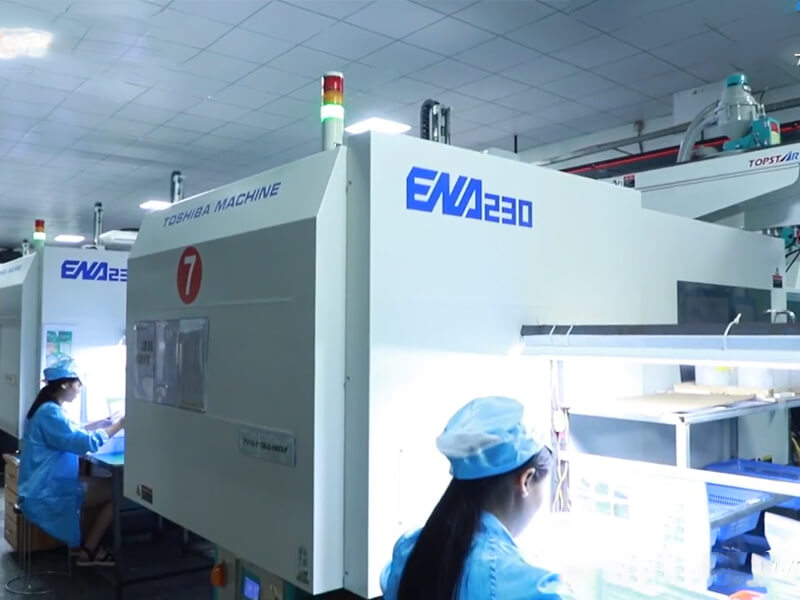
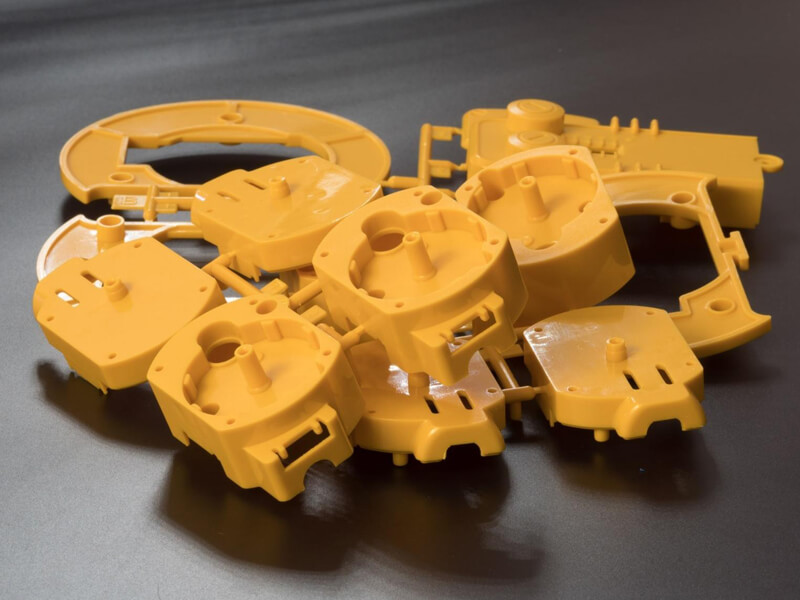
Get a free quote and design analysis today.
We’ll reply to you within 6 working hours.
We respect your privacy.
+86 139 2927 4777 (WhatsApp, Wechat)

